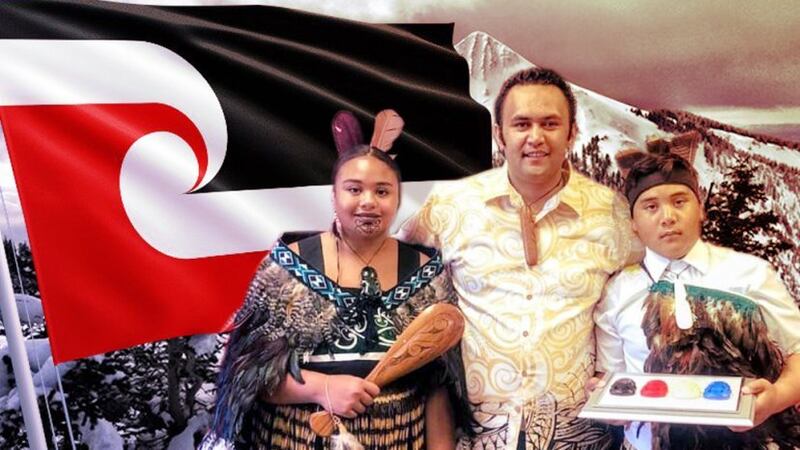Mitch Rudolph (Te Aupōuri/Te Rārawa/Ngāpuhi) is doing his part as an elementary school teacher, to ensure the future of his students as he implements the culture-centered mission statement of his school in West Valley, Utah, USA.
The 34-year-old Kaikohe-raised teacher lives in Utah with his wife and two children.
Rudolph teaches a class of 15 first graders (5-6 year-olds) at Mana Academy, a school that strives to cater for the academic and cultural needs for students of differing ethnic backgrounds in the area.
Some of these ethnicities include Marshallese, Māori, Hispanic, Samoan, Tongan and more- all of which are minorities, making up less than 15% of the state's population according to the University of Utah, 2016 census.
Rudolph is one of the 20 teachers responsible for the 250 students that attend the school.
“It’s cool because the teachers are from the same ethnic background as the students so they can relate to the students and their families in terms of the struggles they may have and how to help them with these” he says.
Mitchell Rudolph (middle right) with other teachers from Mana Academy in West Valley, Utah (Source: Facebook).
Although his students are still very young, Rudolph strives to teach them in a way that is in harmony with the mission statement of the school: “To develop scholars who are rooted in their native cultures and are prepared to be the leaders of tomorrow”.
Staying true to this kaupapa, Rudolph incorporates Māori waiata into his teaching, going through the Māori alphabet song and other items appropriate for this age group.
Outside of his class, he teaches the whole school the tikanga of pōwhiri so they are able to host Māori visitors to their school.
He acknowledges that although the kids may not ever use these specific songs/teachings outside of his class, he hopes that they learn principles such as being proud of who you are and where you come from.
Although he is the teacher, Rudolph acknowledges that there is much to learn from his students despite them being so young. He often visits with families of students in their homes, reaching out and offering any additional support needed while at the same time seeing the similarities and differences between their culture and mātauranga Māori.
“The Mexicans have a thing called 'ofrenda' (offering), where they put photos up of their loved ones on a table (altar) like how we have photos of our tupuna on the wall in our wharenui,” says Rudolph.
It is just one of the many similarities highlighted by the multi-cultural learning environment.

